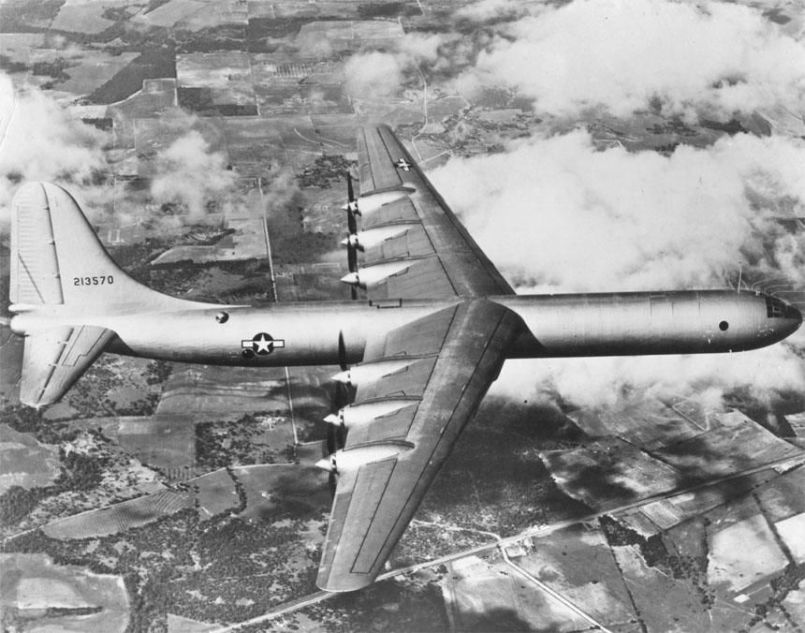On 8 August 1946, the Convair B-36 Peacemaker, a strategic bomber, made its maiden test flight. The B-36 was the first bomber which was able to fly nuclear weapons intercontinentally.
The development of the bomber began as early as 1941; it was initially intended to bomb Germany in the event that England fell. After the invention of the atomic bomb, the Peacekeeper briefly became the backbone of the US Strategic Forces. A specially converted NB-36H took to the air with a working nuclear reactor on board as part of a programme to create a nuclear-powered aircraft, although later attempts to create “nuclear-powered aircraft” were stopped.
As aviation technology improved and the risk of nuclear war increased, the aircraft would cease to be relevant. The six piston-driven engines would later be joined by four jet engines, earning it the nickname "six turning, four burning" by American pilots. However, reliability was low, and frequent accidents and fires led to the nickname being changed to: “two turning, two burning, two smoking, two choking, and two more unaccounted for”.
On 13 February 1956, the B-36 caught fire and was forced to drop an atomic training bomb. Then, on 22 May 1957, it dropped a live bomb within 500 metres of a nuclear weapons depot – by sheer chance, no explosion occurred.
The old Peacekeeper was finally mothballed once the legendary B52 came along. In 1954 its production was halted and the last B-36 was scrapped in 1959.
Source:
Konstantin Kuznetsov, Grigory Dyakonov. B-36 - America's Last Argument? // Aviation and Time: Journal, 2006.
























